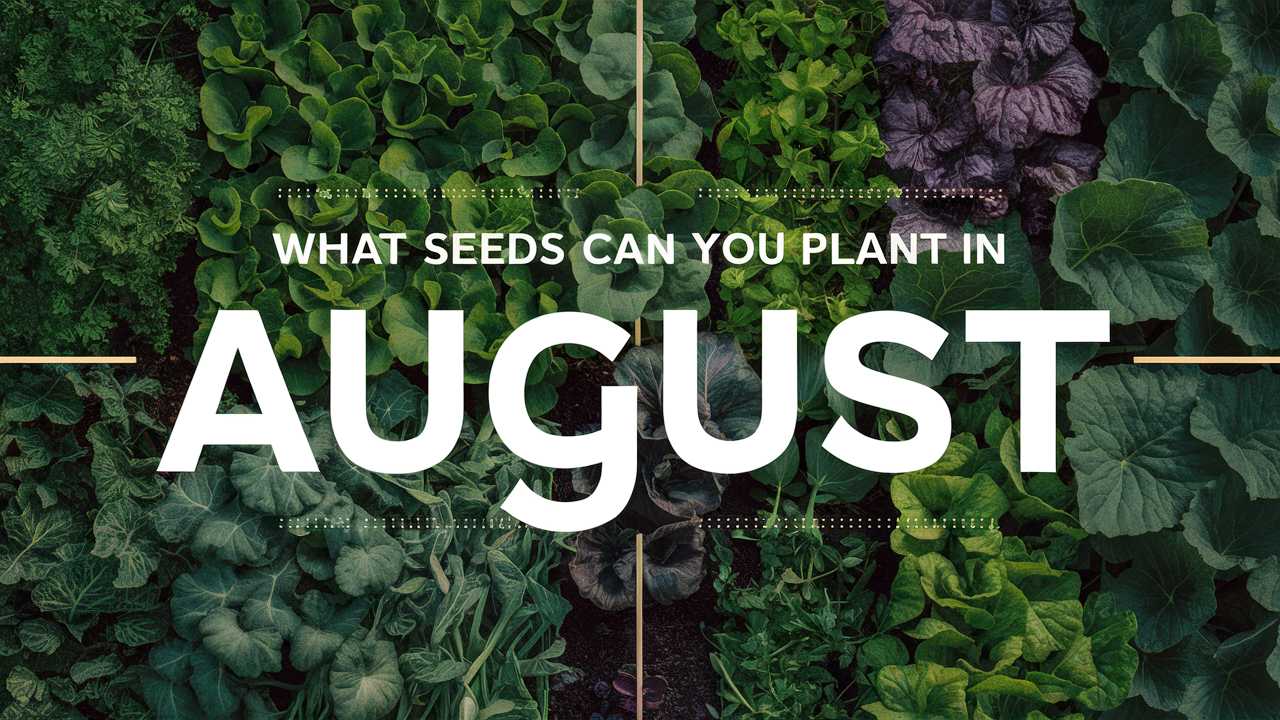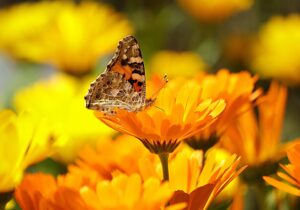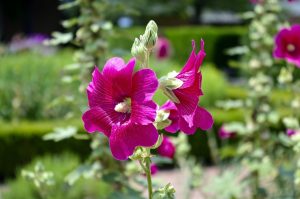August is more than just the height of summer; it’s also a crucial transition month in the gardening calendar. While the temperature may still be warm, time is running out for some plants to mature before the frost hits. Knowing what seeds to plant now can lead to a bountiful late summer and early fall harvest.
This comprehensive guide dig delve into various vegetables, flowers, and herbs that thrive when planted in August, with careful consideration for USDA hardiness zones.
Vegetables to Plant
Lettuce
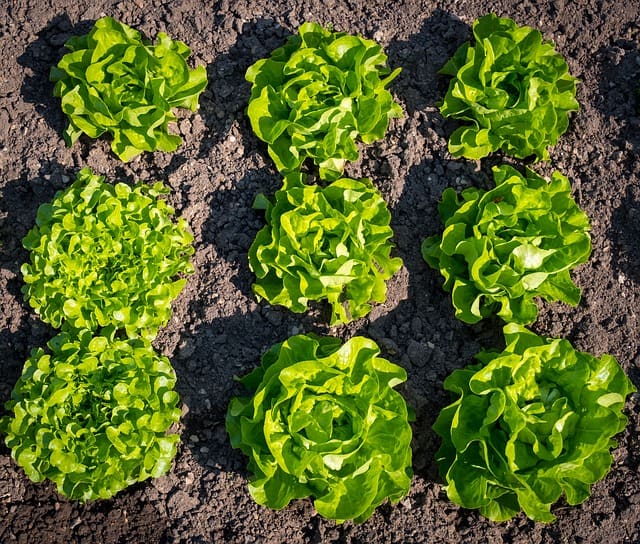
Lettuce is a quick-growing crop ideal for late summer sowing. Cool-season varieties can be sown in August, especially in USDA zones 3 through 7, where temperatures begin to moderate as summer wanes. Choose varieties such as Butterhead, Leaf, or Romaine for optimal results.
Lettuce seeds can be planted directly into the soil, and they prefer temperatures between 55°F and 70°F for germination. This makes August an excellent time to start. It typically takes about 30 to 70 days for lettuce to reach maturity, depending on the variety. To protect your lettuce from the intense sun, consider using shade cloth for established plants, helping to prolong their harvest period.
Radishes
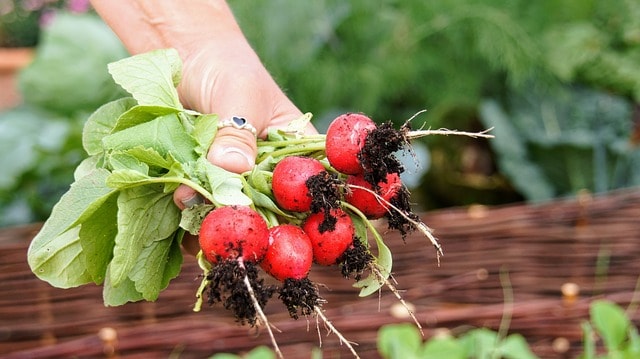
Radishes are fast-growing, making them a popular option for planting in August. They thrive in cooler temperatures and can be planted in USDA zones 2 through 9 during this time. Coming in varieties such as Cherry Belle and French Breakfast, radishes can mature in just three to five weeks.
For successful germination, radishes prefer soil temperatures around 45°F to 85°F. When planted in August, they need consistent moisture but can tolerate some dryness, allowing for flexibility in care. These root vegetables are not only easy to grow but also elevate salads with their peppery flavor.
Spinach
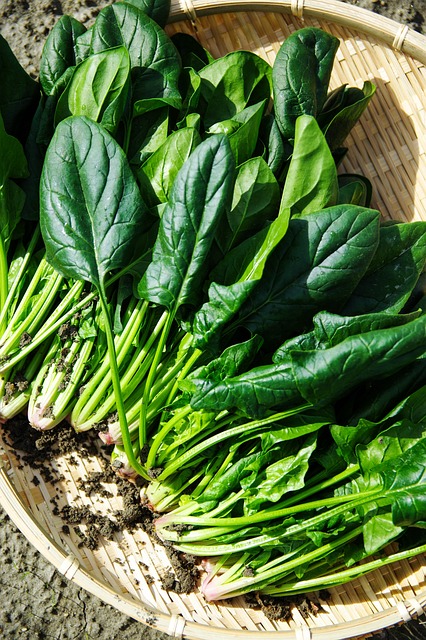
Spinach is another cool-season vegetable that thrives when planted in August. It’s suitable for USDA zones 3 through 9. You can sow spinach seeds directly into the garden soil, where they will germinate in soil temperatures around 50°F to 75°F.
This nutrient-rich leafy green typically takes about 40 to 50 days to mature, making late summer planting ideal for a quick fall harvest. Spinach can handle light frosts, enabling gardeners in northern climates to enjoy fresh greens well into autumn. For optimal growth, ensure they receive sufficient sunlight and shade them if daytime temperatures become too high.
Beets
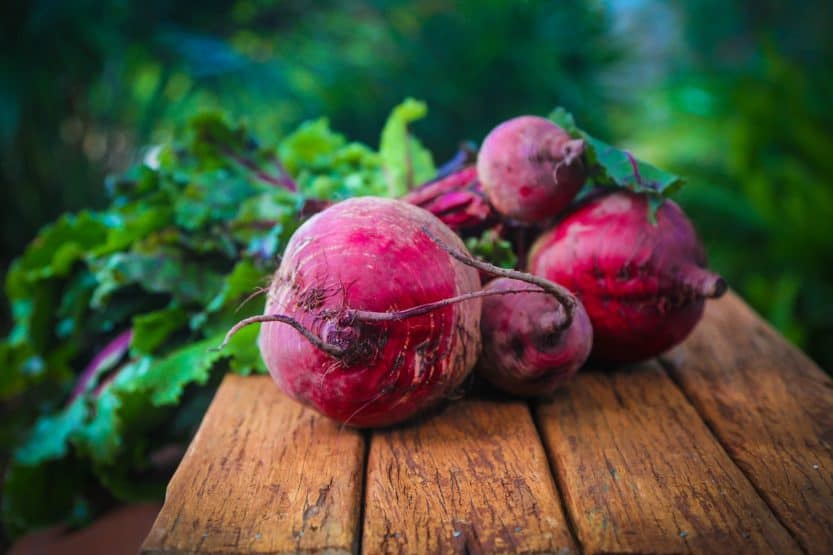
Beets can be sown in August and perform well in USDA zones 3 through 9. They can thrive in cooler weather and their roots develop a richer flavor after cooler temperatures. Ideal soil temperatures for beet germination range from 50°F to 85°F.
These veggies take approximately 50 to 70 days to mature. Plant them in well-draining soil and ensure they remain consistently hydrated. In addition to their delicious roots, the greens are also edible and packed with nutrients, making beets a dual-purpose plant for your garden.
Kale
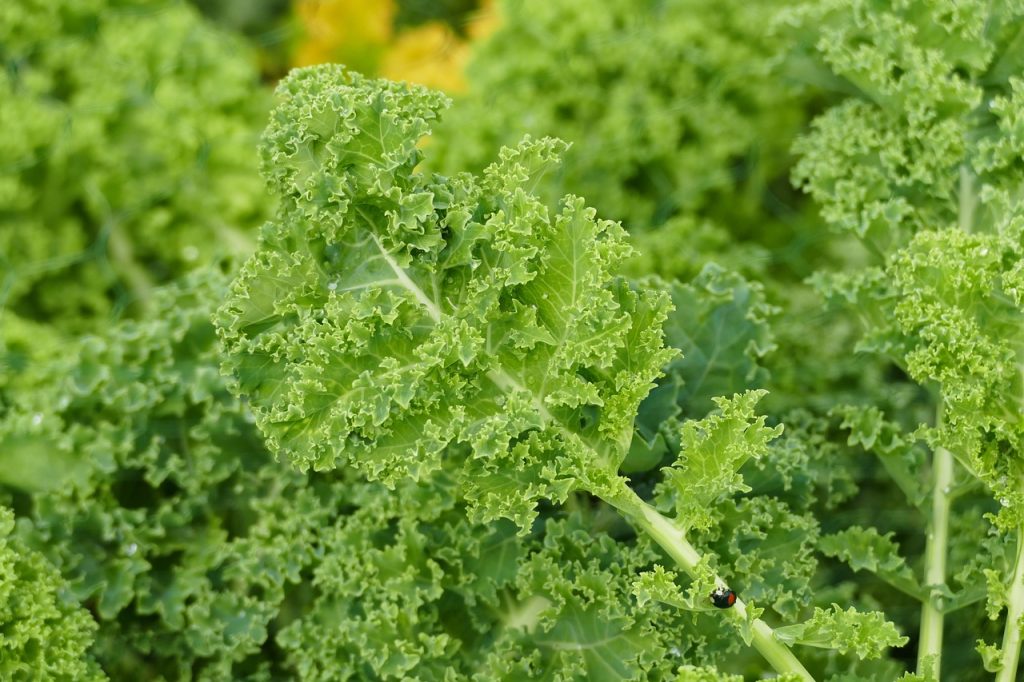
Kale is known for its hardiness and can be successfully planted in August in USDA zones 3 through 9. This leafy green withstands cooler weather, making late summer sowing advantageous. Kale seeds germinate best in temperatures ranging from 55°F to 75°F.
Typically maturing within 55 to 75 days, kale becomes sweeter after exposure to colder temperatures, making it an excellent crop for fall harvest. It is recommended to sow seeds every 2-3 weeks to ensure a continuous supply of fresh leaves until winter sets in. Furthermore, kale is highly nutritious, containing vital vitamins and minerals.
Carrots
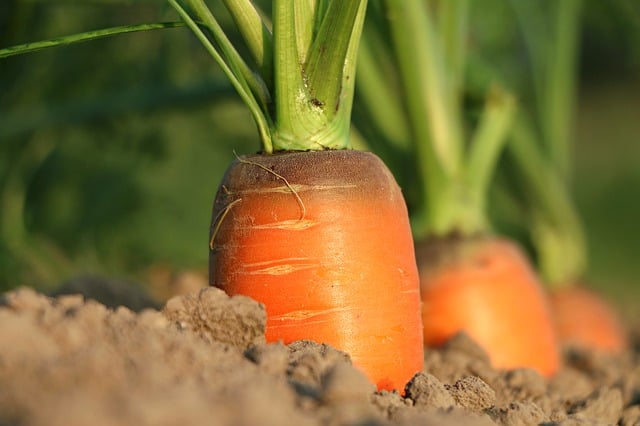
Carrots are another root vegetable that can be planted in August, specifically in USDA zones 3 through 9. They prefer cooler temperatures and can be directly seeded into the soil. Ideal germination soil temperatures range from 55°F to 75°F.
Carrots take 70 to 80 days to mature, so planting now can yield a late fall harvest before the winter settles in. Select varieties like Nantes or Imperator for reliable results. Carrots may need to be thinned out for optimal growth, providing adequate space for each root to develop properly.
Turnips
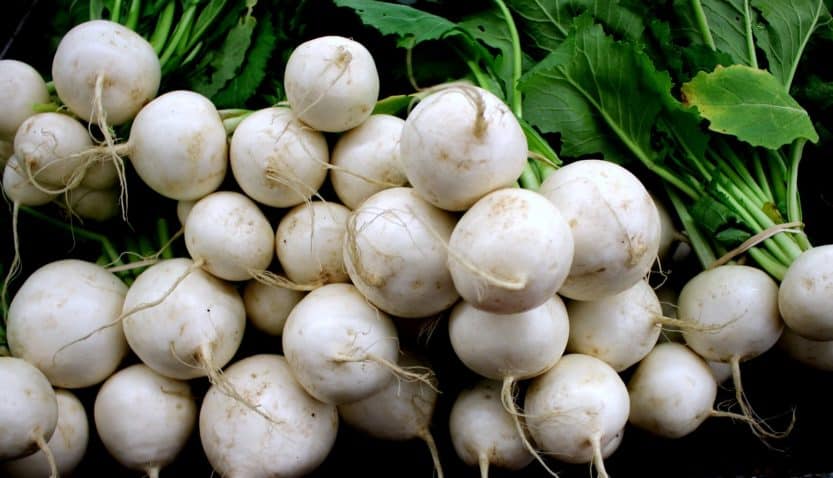
Turnips are fast-maturing vegetables that you can sow in August, flourishing in USDA zones 3 through 9. They can handle cool weather and are typically ready to harvest in about 30 to 60 days.
When planting, look for soil temperatures around 60°F to 75°F for the best yield. Turnips not only produce edible roots but also greens that can be harvested early. They thrive in less-than-perfect soil conditions and require relatively low maintenance, making them ideal for beginner gardeners.
Swiss Chard
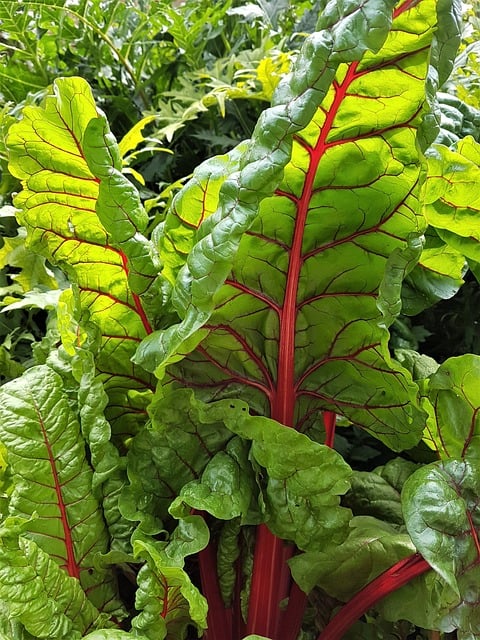
Swiss chard is versatile and resilient, making it perfect for late-summer planting in USDA zones 3 through 10. Known for its vibrant stalks and nutritious leaves, Swiss chard can germinate in temperatures between 50°F and 85°F.
Depending on the variety, Swiss chard typically takes 50 to 60 days to reach maturity. This plant can survive light frosts, allowing gardeners to enjoy a prolonged harvest through autumn. Regular harvesting of the outer leaves encourages continued growth, providing a steady supply of nutritious greens.
Green Beans
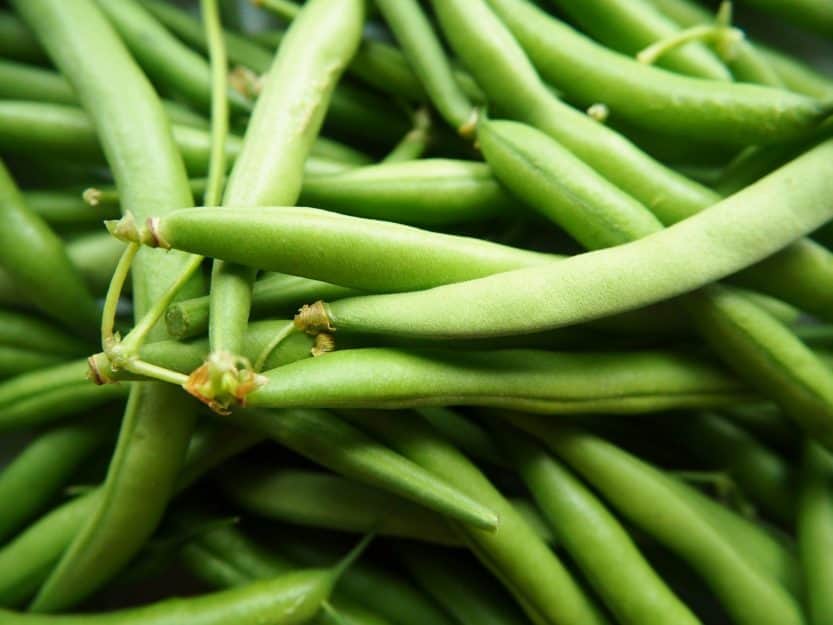
Planting green beans in August can yield a late crop that thrives in USDA zones 3 through 10. They enjoy warm soil temperatures around 70°F to 90°F for germination, making early-August a great time to sow.
Depending on whether you choose bush or pole varieties, green beans usually mature within 50 to 70 days. These climbing or sprawling plants require stakes or trellises for pole beans, maximizing garden space. Beans contribute to soil health as nitrogen fixers, benefiting subsequent crops when rotating.
Cucumbers
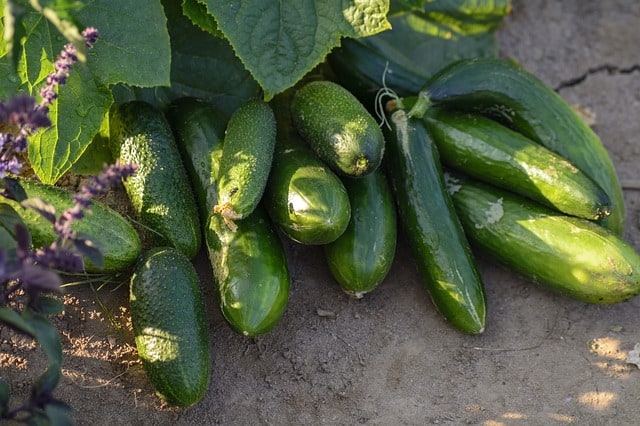
Cucumbers are summer favorites that can indeed be planted in August, particularly in USDA zones 4 through 10. They flourish when soil temperatures exceed 70°F, and sowing can be done until mid-August for a fall harvest.
These vining plants typically take around 50 to 70 days to produce fruit. Ensure they receive plenty of sunlight and moisture throughout their growth, as both are vital for the crispness of the cucumbers. Depending on the variety, you can enjoy fresh cucumbers around late September or early October.
Flowers to Plant
Marigolds
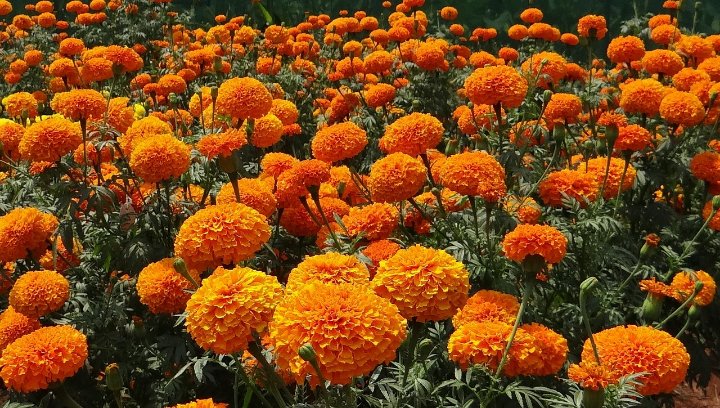
Marigolds are resilient annual flowers that thrive when planted in August. They prefer USDA zones 2 through 11 and act as natural pest deterrents in the garden. Marigold seeds should be sown when temperatures are consistently above 65°F.
With a quick germination period of 7 to 14 days, marigolds bloom within 8 to 12 weeks, offering vibrant colors throughout the late summer and early fall. Their hardiness allows them to withstand varying conditions, making them perfect for beginner gardeners looking to add color without much effort.
Sunflowers
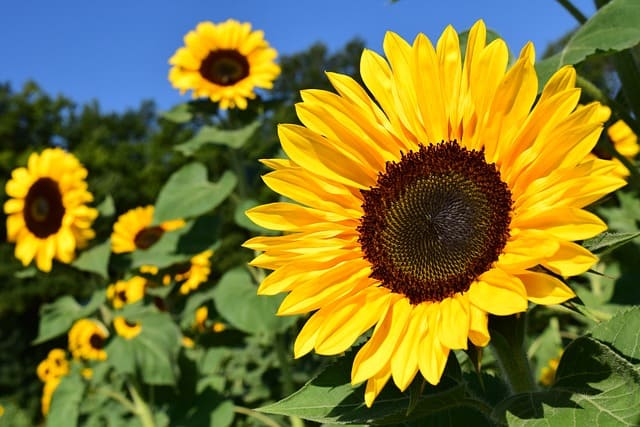
Sunflowers are cheerful, robust plants that can be sown in August in USDA zones 3 through 10. While the ideal planting window often ends earlier, quick-maturing varieties can still yield blooms by late September.
Sunflower seeds germinate with soil temperatures around 60°F to 70°F, and once planted, it usually takes about 70 to 100 days to mature. These sun-loving plants grow tall and provide a striking visual impact in any garden, making them perfect for accentuating landscapes or growing as block plantings.
Zinnias
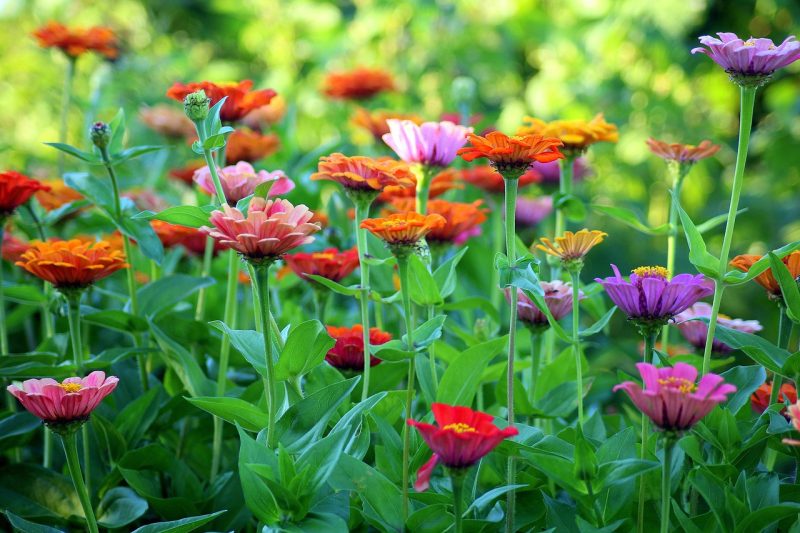
Zinnias are vibrant, easy-to-grow annuals that can still thrive when planted in August, especially in USDA zones 3 through 10. To encourage blooming, ensure the soil temperature exceeds 70°F; they will flourish in full sunlight with well-drained soil.
Zinnia seeds germinate in about 7 to 10 days and can bloom within six to eight weeks post-sowing, providing stunning hues to your garden just in time for autumn! In addition to their beauty, zinnias attract butterflies, offering beneficial insect visits to your garden.
Cosmos
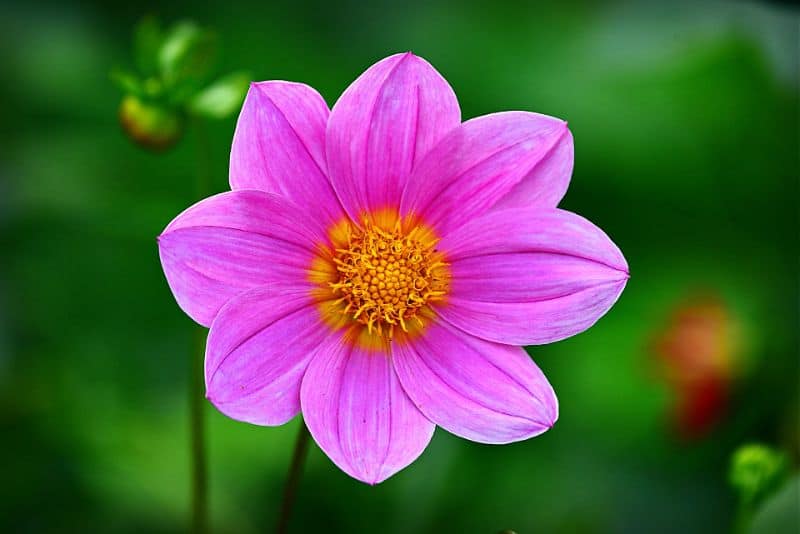
Cosmos, known for their delicate flowers, are excellent candidates for August planting in USDA zones 3 through 10. These annuals produce flowers in a riot of colors, thriving in warm temperatures and dry conditions.
When sowed, cosmos can germinate quickly within 7 to 21 days, taking approximately 70 to 90 days until blooming. They are adaptable and can cope with poor soil conditions, making them an excellent choice for low-maintenance gardens.
Pansies
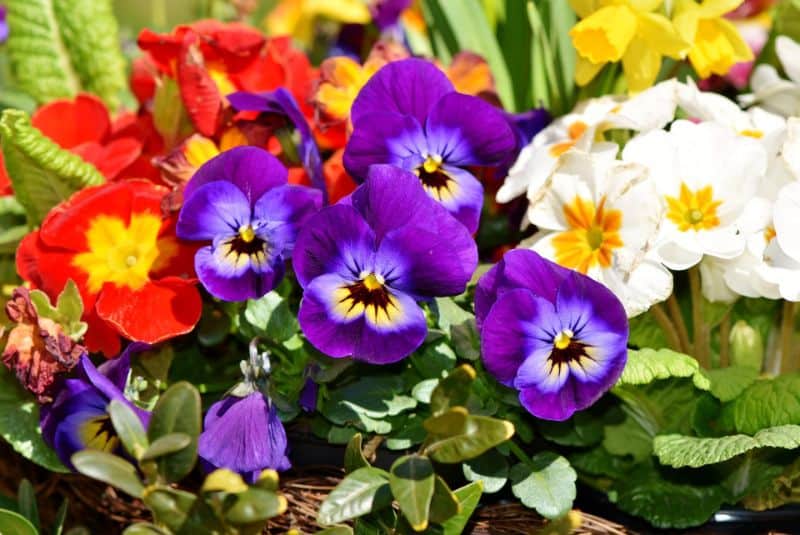
Pansies are charming flowers that can be planted in late summer for fall blooming in USDA zones 3 through 9. Pansies prefer temperatures between 60°F and 70°F for best growth; thus, planting in August fits nicely into their growing cycle.
When planted, pansies usually take about 6 to 12 weeks to show blooms. They excel in cooler conditions, making them great for enhancing autumn landscapes with color. Make sure to heighten their growth with a layer of mulch to conserve moisture and protect the roots in cooler nights.
Asters
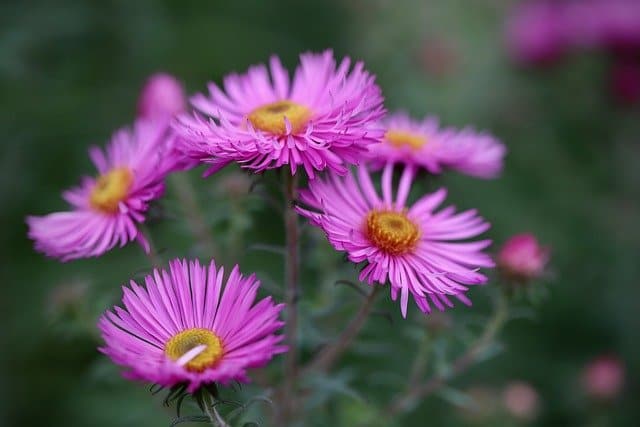
Asters are perennial flowers that can be sown in August to bloom late summer or early fall. Suitable for USDA zones 3 through 8, these hardy flowers attract pollinators and flourish in a variety of conditions but do best in well-draining soil.
Germination typically occurs within 7 to 21 days, and their growth period lasts around 90 to 120 days. With colors ranging from pink to purple, asters act as beautiful garden fillers and provide vital nectar sources for bees and butterflies.
Snapdragons
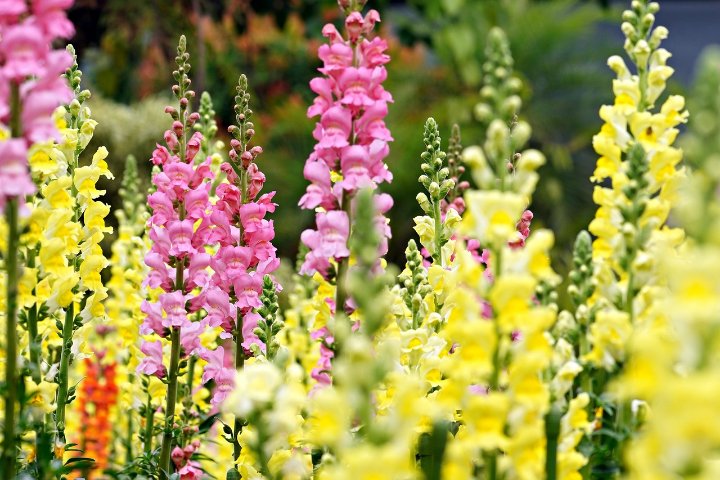
Snapdragons are delightful flowers that can be planted in August in USDA zones 3 through 10. These flowers prefer cooler climates and can thrive with a soil temperature around 65°F to 70°F.
Snapdragon seeds germinate within 10 to 20 days with a typical bloom time of 70 to 90 days. They offer a range of colors and heights, creating a stunning visual display in gardens. As an added benefit, these flowers are often deer-resistant, making them suitable for gardens with hungry wildlife.
Calendula
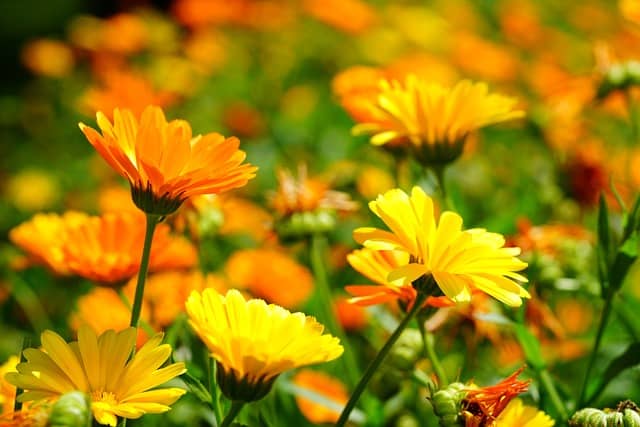
Known for their vibrant petals and medicinal properties, calendulas can be planted in August in USDA zones 2 through 11. These hardy annuals thrive in lower temperatures, making them perfect for late summer planting.
Calendula seeds can germinate in 7 to 14 days and may bloom within 50 to 60 days after sowing. They can tolerate light frost, allowing for extended bloom times into fall. Additionally, their blossoms are edible and can be used in salads or as garnishes, adding both visual appeal and nutritional value to your garden.
Salvia
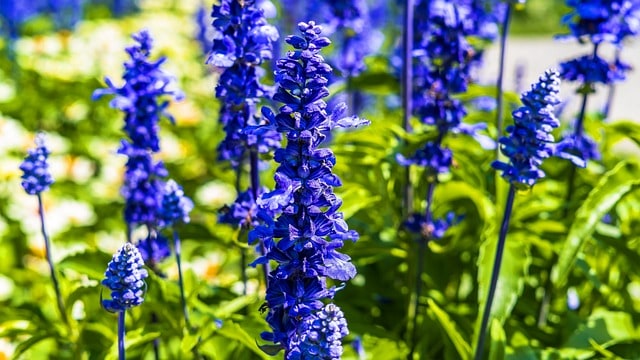
Salvia, particularly annual varieties, can be planted in August for late-blooming color in USDA zones 3 through 11. These drought-tolerant flowers do best in warmer temperatures, thriving in full sun and poor soils.
Seeds germinate within 10 to 20 days, with blooming typically occurring within 80 to 100 days. Salvia not only adds beauty to the landscape but also attracts hummingbirds and butterflies, making it a delightful addition to any garden.
Herbs to Plant
Basil
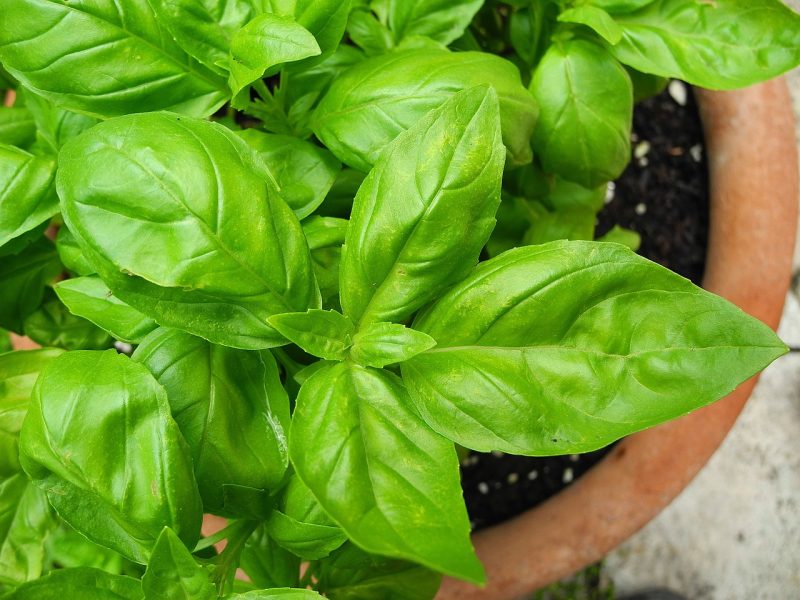
Basil is an aromatic herb that can still be planted in August, thriving in USDA zones 4 through 10. Preferring warm temperatures between 70°F and 90°F, basil seeds should be sown in well-drained soil with full sun exposure.
Typically germinating within 5 to 10 days, basil can be harvested in about 60 days, making it suitable for garden beds, pots, or containers. Mulching is preferable to maintain moisture in the hot August sun, and frequent pruning encourages bushier growth and flavorful leaves.
Cilantro
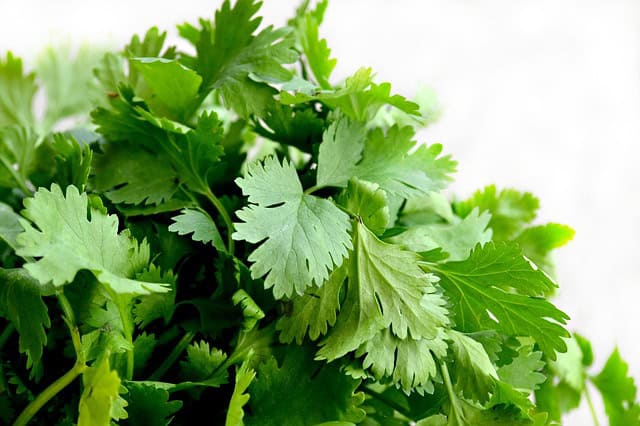
Cilantro can be another excellent herb to sow in August. It performs well in USDA zones 2 through 11 and thrives in cooler weather, suitable for planting later in the summer as temperatures begin to drop.
Germination occurs within 7 to 10 days, and cilantro takes about 30 to 45 days to reach maturity. This herb flourishes best in partial shade and well-draining soil, and it is particularly beloved for culinary uses, providing flavor to many dishes, especially in Asian and Mexican cuisines.
Dill
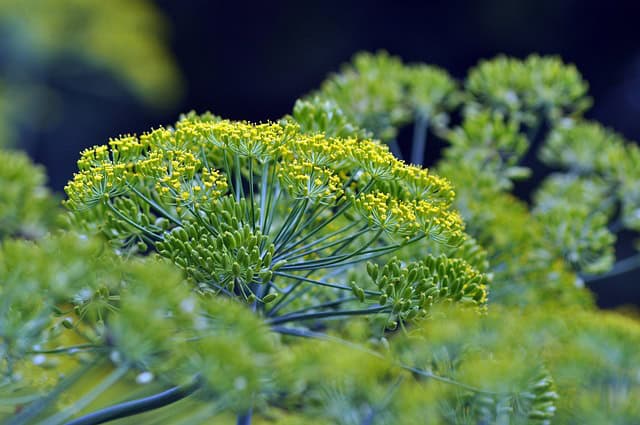
Dill is a fragrant herb ideal for planting in August in USDA zones 3 through 10. Dill does best when the soil temperature is above 55°F and below 75°F, which aligns perfectly with late summer conditions.
Seeds germinate in 10 to 14 days, with harvest possible within 40 to 60 days. It prefers full sun and good drainage but is relatively low-maintenance. Dill’s aromatic leaves are commonly used in pickling or as a seasoning, adding great flavor to various foods.
Oregano
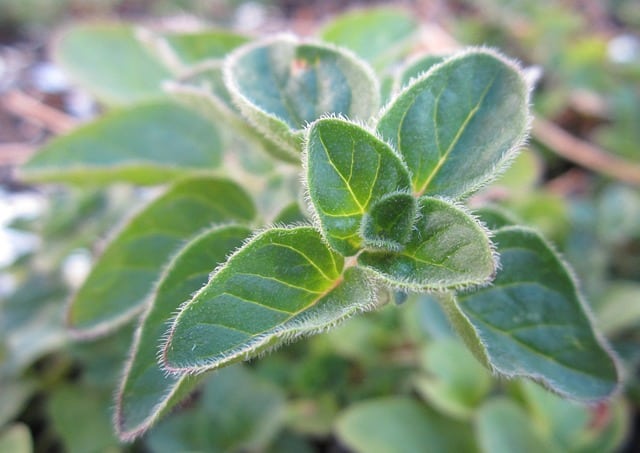
August is also a great time to plant oregano, a perennial herb that thrives in USDA zones 5 through 10. This hardy herb can tolerate a range of soil types but prefers well-drained, poor soil and full sun.
Oregano seeds germinate within 7 to 12 days and may be ready to harvest in 80 days. Its sturdy nature makes it resilient in late-summer planting, and it can even overwinter in milder climates. Oregano is widely used in Mediterranean dishes and is known for its health benefits.
Thyme
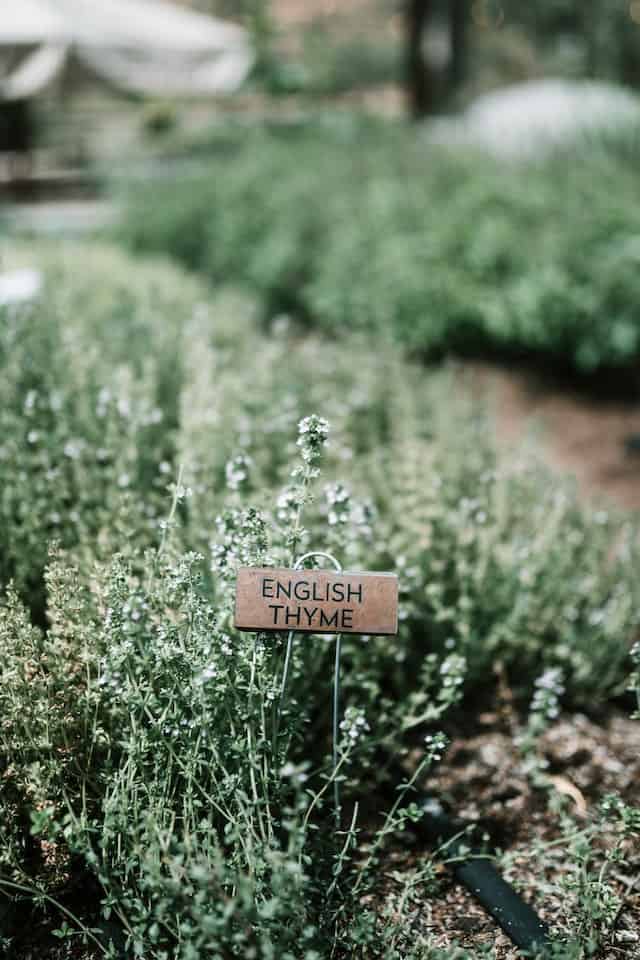
Thyme is a fragrant perennial herb that can be sown in August in USDA zones 3 through 9, ideally suited for warm weather. It prefers well-drained soil with good sunlight and generally does not require frequent watering once established.
Germination typically occurs in approximately 14 to 21 days, with leaves ready for culinary use within 70 to 80 days. Thyme adds depth to numerous dishes and is often used for both culinary and medicinal purposes.
Chives
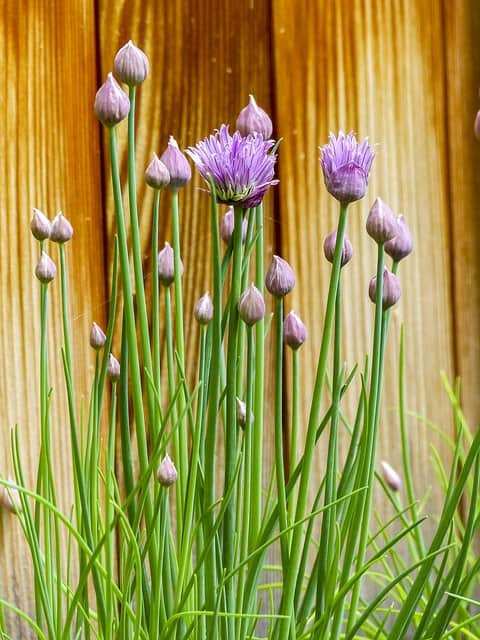
Chives, members of the onion family, can be planted in August in USDA zones 3 through 9, providing flavorful greenery for culinary use. They prefer cooler temperatures, making late summer sowing ideal.
Germination of chive seeds occurs within 14 to 30 days, and they will be ready for harvest in about 60 days. Chives thrive in well-drained soil and can tolerate partial shade. Regular harvesting encourages new growth, offering a continual supply for your kitchen.
Mint
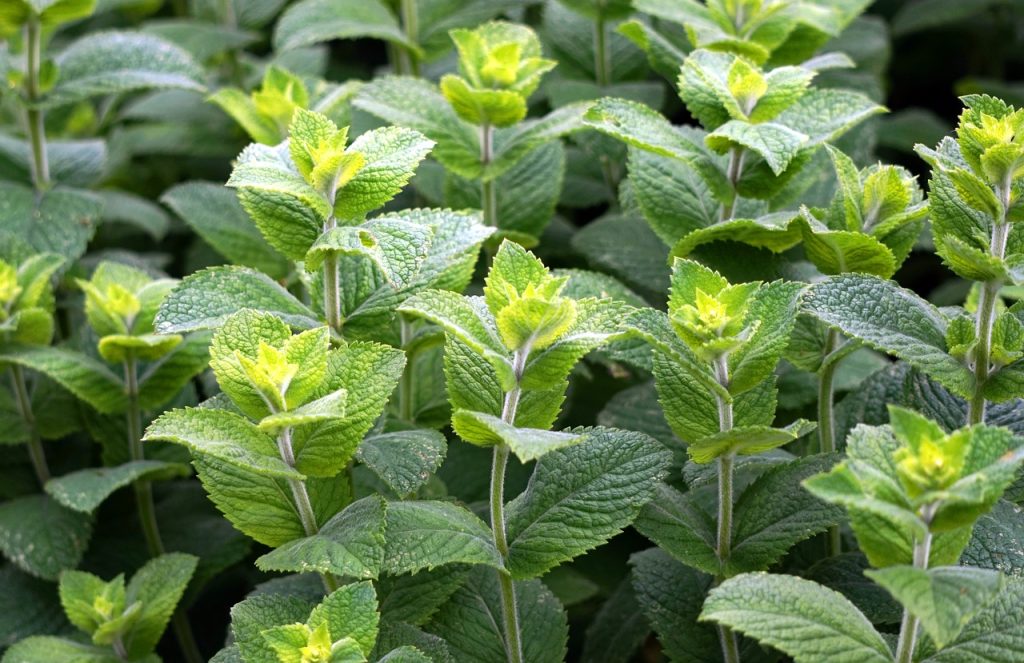
Mint is a vigorous herb that you can establish in August, thriving in USDA zones 3 through 11. It prefers well-drained soil, ideal for full sun to partial shade settings.
Mint seeds generally germinate within 10 to 14 days, and plants are usually ready for harvest within 60 to 90 days. This aromatic herb is widely used in culinary applications, teas, and medicinal remedies. Due to its invasive nature, consider planting mint in containers to control its spread.
Parsley
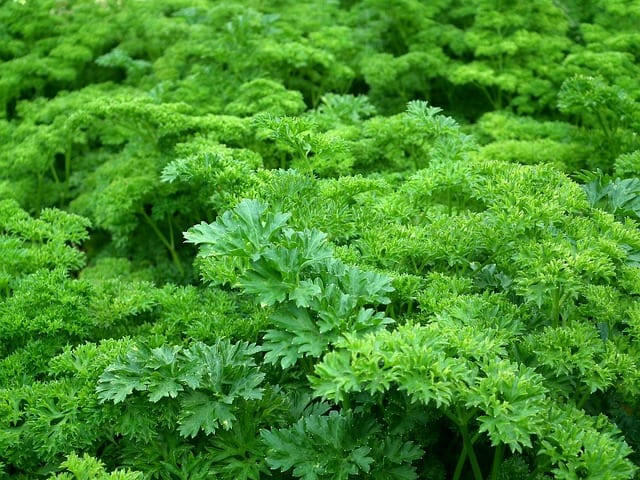
Both flat-leaf and curly parsley can be sown in August, performing well in USDA zones 3 through 9. They thrive in cooler temperatures that accompany late summer, desiring full sun to partial shade and well-draining soil.
Germination takes about 14 to 30 days, with parsley ready for harvest in approximately 70 to 90 days, making it a wonderful addition to your late-summer garden. Parsley is rich in vitamins and minerals and is a staple in many culinary traditions.
Fennel
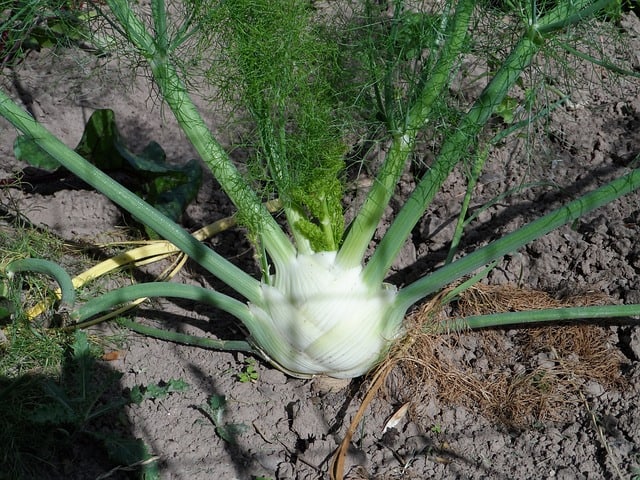
Fennel can make an excellent addition to your herb garden in August if you reside in USDA zones 5 through 10. Known for its flavorful bulbs and feathery fronds, fennel prefers full sun and well-drained soil.
Fennel seeds germinate in about 7 days, with a typical growth cycle of around 90 to 120 days before harvesting. This herb is beloved in Mediterranean cuisines, often used for its aromatic properties in various dishes.


